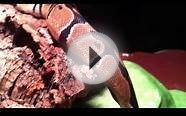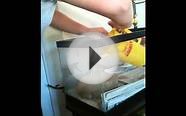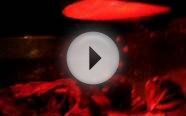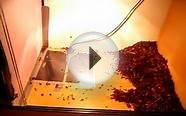Ball Python cage setup
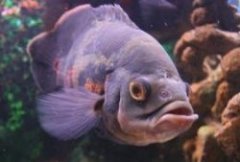 Setting up the right ball python habitat often makes the difference between a healthy, happy pet and one that is prone to getting sick and in some cases, dying early. Ball pythons are one of the most popular pets among first-time reptile owners because they're not only really cool-looking, they're easy to take care of and can live for quite a while if maintained properly. Even though this snake is easy to maintain, it still requires a properly-designed habitat where it can live in creature comfort.
Setting up the right ball python habitat often makes the difference between a healthy, happy pet and one that is prone to getting sick and in some cases, dying early. Ball pythons are one of the most popular pets among first-time reptile owners because they're not only really cool-looking, they're easy to take care of and can live for quite a while if maintained properly. Even though this snake is easy to maintain, it still requires a properly-designed habitat where it can live in creature comfort.
Ball pythons require a lot of room, so the cage or enclosure you choose will probably increase in size along with your pet. The general rule of thumb is that the perimeter of the cage (two times the length should be at least two times the length and two times the width of your snake's body. Most young snakes will do just fine in a 20 gallon tank, but you can expect to upgrade the tank to a minimum of 30 gallons once your snake increases in size.
One of the most important things you can have on your tank or enclosure is a close-fitting lid with a lock. Ball Pythons are notorious for getting out of their cages, so having a lockable lid will prevent your snake from escaping. In addition to the lock, the lid should have a full mesh top so the snake gets adequate ventilation.
Cage Flooring
There are a number of different substrates suitable for a ball python's terrarium. The cage can be lined with anything from cypress mulch to paper towels. Many pet stores sell terrarium carpet liners that can be easily washed and replaced when they become soiled. For a more cost-effective means, just line the terrarium floor with sheets of newspaper. As long as the flooring is not made up of shavings, the snake will fare just fine.
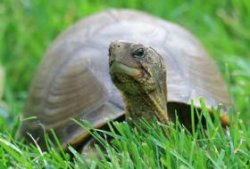 Landscaping
Landscaping
The two most important things your ball python habitat needs is a place where the snake can hide and elevated areas on which it can climb. While these features may not seem important, they can and do make a difference in the health and welfare of this snake.
This species of snake is mostly nocturnal, so it needs a place to sleep during the daylight hours. This can be anything from a simple cardboard box or an upside-down terra-cotta planter with an opening on its side to commercially-made hideboxes available at most pet stores. The only consideration is that the box has to be large enough to fit your snake's entire body, but not so big that the snake doesn't feel comfortable entering it.
Climbing branches provide your snake with a source of exercise, and they also allow it to curl up and bask closer to the terrarium's heat source. Branches with artificial greenery are even better since this provides the snake with the added benefit of security. You can also add rocks of various sizes for your snake to crawl over or bask on.
Food and Water
Ball Pythons require a source of water in their habitats both for drinking and for submerging, so it's important to keep a small pool of water in the terrarium where the snake can get wet whenever needed.
You might also like


